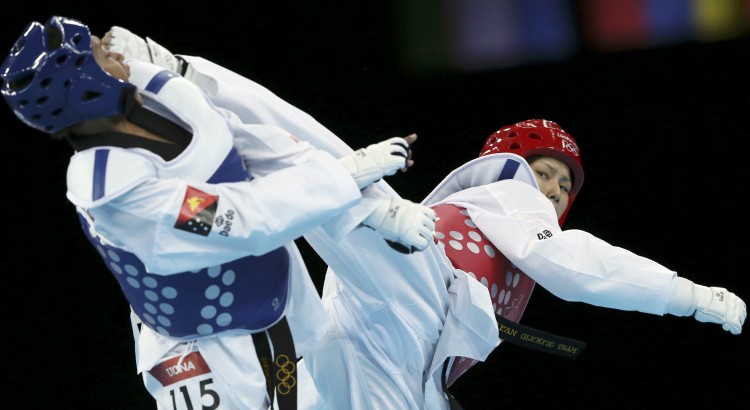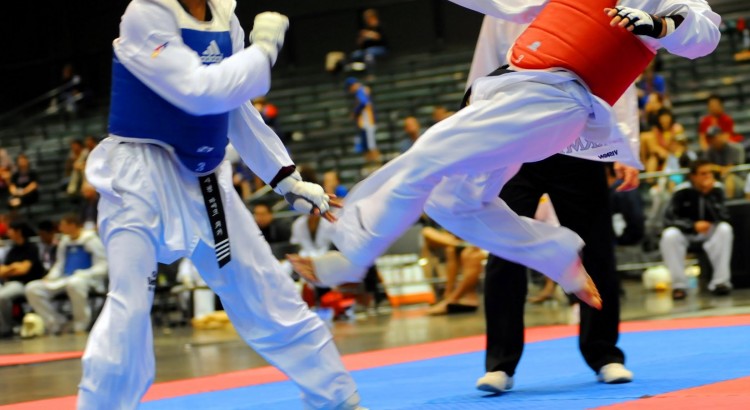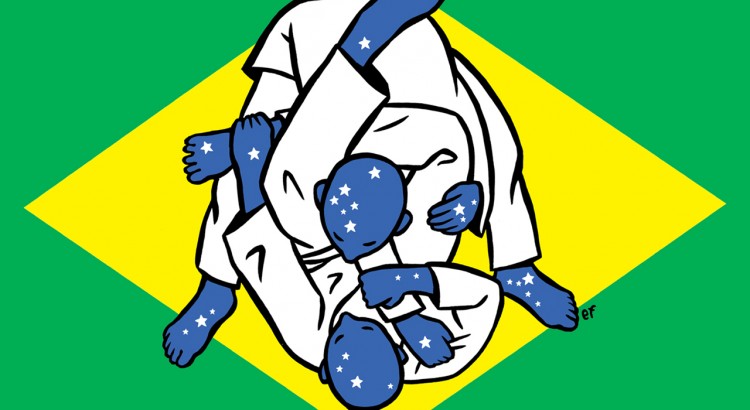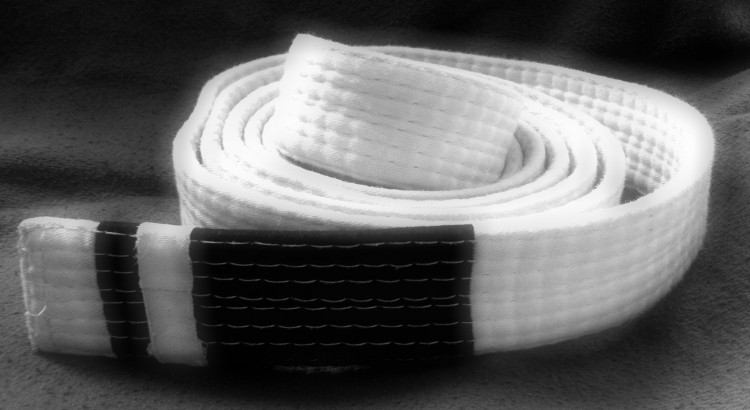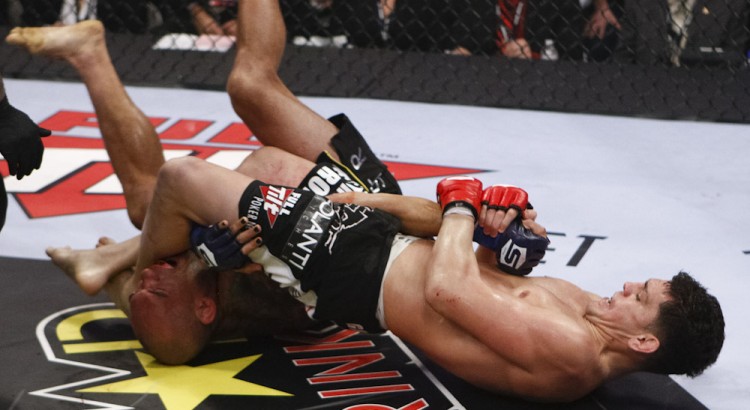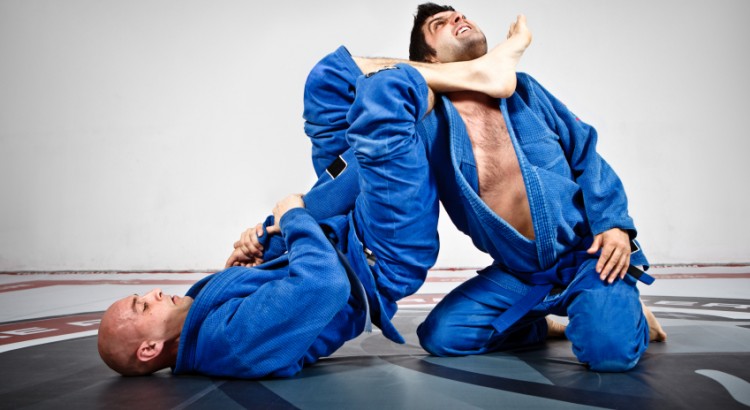Are you considering taekwondo but embarrassed by your age? Don’t worry, as taekwondo is designed not just for kids but for adults as well. There are people who took up the martial art in their 30, 40s, and even 50s and even became black belters. You can develop flexibility and speed even if you are at an advanced age.
There are many reasons why adults consider practicing taekwondo. One is that it can help enhance self-esteem by improving their physical and mental states. It can also build self confidence and develop discipline. Of course, other adults are motivated to lean taekwondo so they would know how to defend themselves in situations like an attack.
Did you know that there are lots of senior citizens who continue practicing taekwondo despite their advanced age? In fact, a 96 year old man named Cole Becker is the oldest American to receive a taekwondo black belt.
As you can see, age is not a factor in taekwondo. So there’s no need to be anxious about your age. Here are some tips that you should remember if you want to be successful in taekwondo:
- See a Doctor First. Before you enroll in a taekwondo or any martial art class, be sure that you have cleared your plan with your physician. This is particularly true if you are out of shape, or you have a serious medical problem like a heart ailment. Please see your doctor before enrolling. Remember that taekwondo is a very physical sport.
- Stretch A Lot. You’re no longer that flexible as you were two or three decades ago. Your muscles and tendons are not as flexible as they once were, so it is very easy for you to get hurt. Remember to do a lot of stretching before you go to your taekwondo class. Stretch your legs and arms at least 10 minutes before your taekwondo training.
- Talk to the Master. Don’t be embarrassed with your age. Most masters or instructors are very accommodating to people like you. They are always there to help and clarify any concept or move that you may not understand at first. And keep in mind that these people know that you have friends, colleagues and kids whom you can refer to them if you find their classes interesting and engaging.
- Don’t Rush Things. It’s okay to take a break if you find the classes to exhausting and intense. It’s very likely you’ll find taekwondo strenuous especially in the first few weeks of training. You can take a break by skipping a class during the week, or taking a break in the classroom. Taking a break would allow you to catch your breath and help you improve your stamina.
- Lose Some Weight. If you are 10 to 20 pounds overweight, you should lose some pounds to lessen the pounding that your knees and feet get. Losing weight not only helps you prevent injuries but also give you more energy as your body will be hauling fewer pounds. Although you will eventually lose weight with taekwondo, it’s better if you are fit at the onset so you would be able to perform well in class.
- Practice, Practice, Practice. The old adage says practice makes perfect, and this is true in taekwondo as it is in other martial arts like judo. You can invest in a practice dummy so you can rehearse your kicks and punches at home.
- Invest in Comfortable Footwear. Basic taekwondo shoes are comfortable and light. These shoes usually have a padded top that protects the foot whenever you kick a heavy bag. Taekwondo shoes also have a black circle at the sole which helps in pivoting the bottom foot softly for a kick.
- Tape Your Toes and Ankles. If you prefer to practice without footwear, tape your toes and ankles to prevent injuries. The lack of tapes on the toes and ankles can make these parts of the bodies prone to injuries, like dislocation and sprains.
- Take Your Kids to Taekwondo Class. If you have children, then you should bring them to your taekwondo classes. It is not only a great way to bond with your family, but it can also encourage them to try the martial art.
- Have Fun. Finally, don’t be too mindful of what other people would think seeing a grey haired guy like you hanging out with guys half your age. Just focus and have some fun especially after a long day at work. Taekwondo can be a great stress reliever, and you’d definitely have more motivation to kick harder after a stressful day in the office or just thinking about your mounting bills.
Remember that you may not be as flexible as the other younger guys in your class but you may have other advantages, like your ability to learn faster or focus better.
The bottom line is that you just need to enjoy taekwondo!
